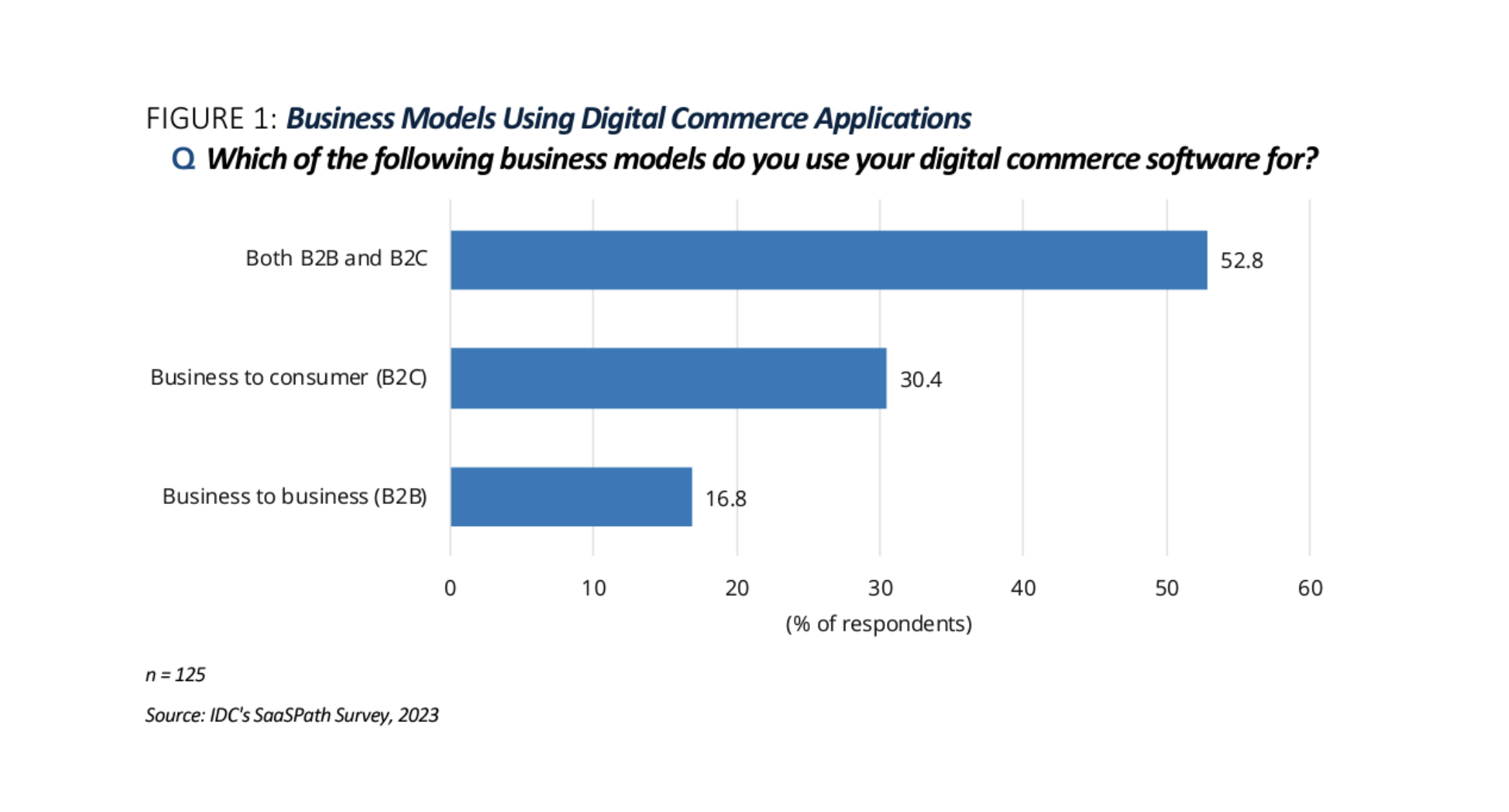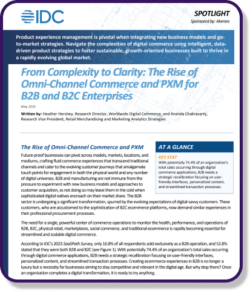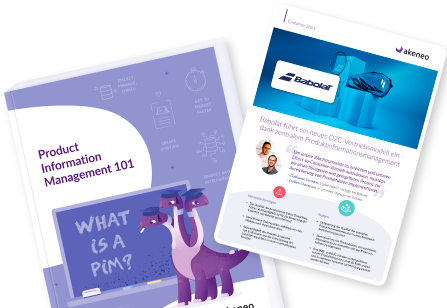Jun 27, 2024
3 min to read
Discover the stark contrasts between the B2B and B2C buying worlds, and how these digital-savvy customers are starting to expect the same efficiency and innovation in their professional roles as they do in their personal shopping experiences. Plus, learn how to streamline procurement processes, enhance customer satisfaction, and boost profitability through PXM practices.

The typical B2B purchase journey is filled with bureaucratic red tape, convoluted procurement processes, and protracted vendor negotiations; it can often feel like sailing a ship through a sea of molasses.
Compare this with the B2C experience, where the waters are smooth and the sailing is swift. Shoppers glide effortlessly through an omnichannel environment, hopping between online stores, physical shops, and mobile apps with ease. Personalized recommendations, one-click purchases, and rapid deliveries make the journey as delightful as a leisurely sail on a sunny day.
But why such a discrepancy between these two worlds? After all, a B2B transaction, though technically business-to-business, is ultimately still a human-to-human interaction. The people making these decisions are the same ones who enjoy the streamlined, user-centric experiences in their personal shopping lives. It stands to reason they would crave the same efficiency and innovation in their professional roles.
The B2B sector cannot afford to remain anchored in outdated practices. As digital natives—those savvy, tech-immersed consumers—begin to influence market trends, B2B companies must follow suit or risk getting left behind.
The good news is that the B2B sector is undergoing a significant transformation, spurred by the evolving expectations of digital-savvy customers. These customers, who are accustomed to the sophistication of B2C eCommerce platforms, now demand similar experiences in their professional procurement processes.
According to IDC’s 2023 SaaSPath Survey, only 16.8% of all respondents sold exclusively as a B2B operation, and 52.8% stated that they were both B2B and B2C.

From streamlined procurement processes to advanced analytics that anticipate customer needs, the future of B2B commerce lies in its ability to mirror the agility and customer focus that define successful B2C platforms.
With potentially 74.4% of an organization’s total sales occurring through digital commerce applications, B2B organizations need a strategic recalibration focusing on user-friendly interfaces, personalized content, and streamlined transaction processes.
Product experience management (PXM) enables businesses to gradually replace outdated systems with more flexible, modular solutions and create a solid foundation of reliable, updated product information.
Once the catalog is well-structured and has clean data under the hood, the other elements of the commerce ecosystem can be gradually decoupled from monolithic systems and integrated with best-in class technologies without the need for time-consuming and expensive rip-and-replace projects.
This flexibility is vital for swiftly adapting to market changes and customer needs, ensuring that B2B organizations are not just reactive but also proactive in their digital commerce strategies.
Centralizing components of product catalog management, ensuring seamless integration, leveraging relevant data, and enabling measurement dramatically increase the value in B2B scenarios, especially when considering supply chains, wholesale-retail relationships, or CPG/brand-retail relationships.
Key benefits that PXM provides for B2B engagement include the following:
The days of cumbersome procurement processes and tedious vendor negotiations are numbered as B2B companies increasingly embrace the principles that have revolutionized the B2C landscape.
To bridge the gap between B2B and B2C experiences, businesses must prioritize flexibility, agility, and customer-centric strategies. Product experience management (PXM) is at the forefront of this evolution, offering a pathway to seamlessly integrate best-in-class technologies without the need for costly overhauls. By ensuring the accuracy and accessibility of product information, PXM facilitates rapid change enablement, efficient restoration of services, and enhanced price and contract efficiency.
The future of B2B lies in its ability to learn from and adopt the successful strategies of B2C. By focusing on user-friendly interfaces, personalized content, and streamlined transactions, B2B companies can ensure they remain competitive in an increasingly omnichannel marketplace.
To learn more about how the B2B buying landscape is changing and what your organization can do to prepare, make sure you check out “IDC Spotlight Report: The Power of a PX Strategy in Omnichannel Commerce”.
Discover how businesses can integrate B2B and B2C operations across multiple channels, leveraging PXM to optimize product experiences, drive engagement, and stay ahead.

Sign up for our newsletter and stay ahead of the curve on everything you need to know about product information management, product experience management and how to unlock growth for your organization.
